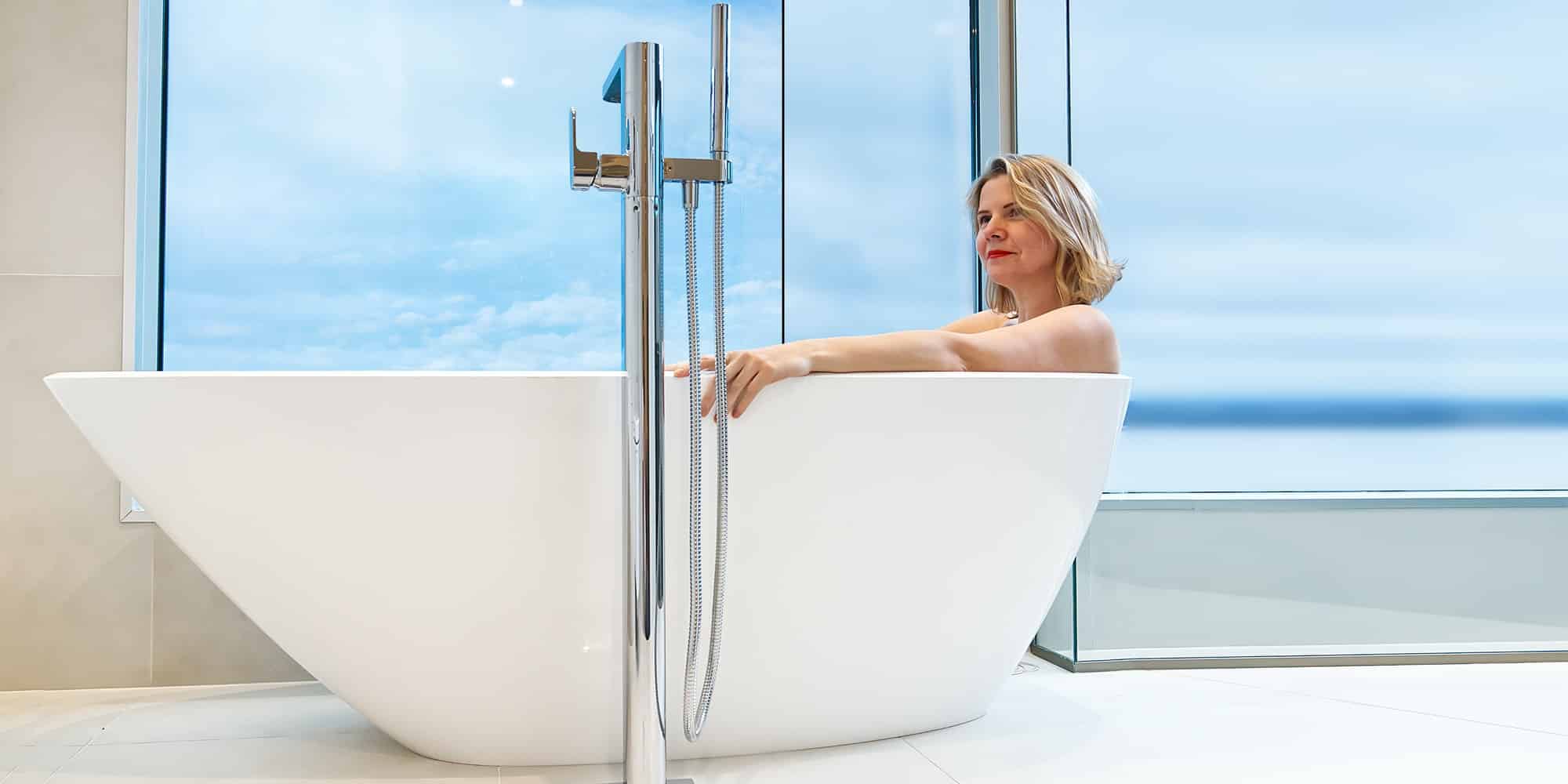Retrofitting listed buildings with modern amenities is not an easy task. It involves a variety of challenges ranging from preserving the historic design to ensuring energy efficiency. Let’s delve into the details of these challenges and what the future might hold for this complex process.
The Delicate Balance between Heritage Preservation and Energy Efficiency
When you’re dealing with a historic building, you’re essentially balancing on a tightrope. On one side, you have the need to preserve its architectural integrity. On the other, there’s the urgent call for energy efficiency and reduced carbon emissions.
En parallèle : How to Ensure Real Estate Compliance with the UK’s Anti-Money Laundering Regulations?
Retrofitting these buildings requires a deep understanding of their historic fabric and sensitivity towards their architectural value. The use of energy-efficient technologies should not compromise the original features or the aesthetic appeal of the building. This balance is often hard to achieve, mainly due to the unique design and construction methods used in these buildings.
Moreover, the incorporation of modern amenities needs careful planning to ensure it complements the existing building fabric and fits seamlessly into the historic setting. For instance, solar panels or wind turbines may not be suitable for all listed buildings due to their visual impact on the historic setting.
A lire également : What Are the Impacts of ‘Right to Light’ on Urban Real Estate Developments?
The Challenge of Data Availability and Building Modelling
One of the significant challenges involved in retrofitting historic buildings is the lack of comprehensive data. Data on the original construction details, materials used, and historic alterations is often missing. This lack of information makes it difficult to model the energy performance of these buildings accurately.
Furthermore, traditional energy modelling methods are not always suitable for historic buildings. These methods typically rely on the assumption that buildings have a uniform thermal performance, which is not the case with historic buildings. These buildings have unique characteristics, including irregular wall thicknesses, varying insulation levels, and complex thermal bridges, which need to be accounted for in the model.
The advancement in technology and the use of Building Information Modelling (BIM) can help overcome this challenge. BIM allows for detailed modelling of the building, capturing its unique characteristics and providing accurate energy performance predictions.
The Complexity of Conserving Historic Materials
The conservation of historic materials during the retrofitting process poses another significant challenge. Most historic buildings are constructed with materials that are no longer used or available in the building industry. These materials have unique thermal properties, which play a key role in the overall energy performance of the building.
Retrofitting these buildings requires careful selection of materials that can enhance the energy performance without compromising the historic value. This is especially critical in listed buildings, where the replacement of historic materials is often restricted.
Furthermore, retrofitting measures may also lead to unintended consequences such as condensation and mould growth, which can damage the historic fabric. This risk reinforces the need for robust building modelling and careful selection of retrofitting measures.
Navigating Legal and Regulatory Challenges
Retrofitting listed buildings is often complicated by legal and regulatory challenges. These buildings are usually protected under heritage laws, which restrict alterations to their original features. This restriction often poses a challenge in integrating modern amenities and energy-efficient technologies.
Moreover, the approval process for retrofitting measures in these buildings can be lengthy and complex. It involves multiple stakeholders, including heritage agencies, local authorities, and conservation officers. The approval process needs to be navigated carefully to ensure the proposed measures are compliant with heritage laws and guidelines.
The Path Forward: Overcoming Challenges through Innovation and Technology
While retrofitting listed buildings comes with its own set of challenges, it is not an insurmountable task. The key lies in innovative design, advanced technology, and a collaborative approach involving all stakeholders.
Emerging technologies such as BIM, drones, and virtual reality can aid in data collection and building modelling. These technologies can provide a detailed understanding of the building’s construction and energy performance, facilitating the design of effective retrofitting measures.
Furthermore, the use of innovative materials and construction techniques can help enhance the energy performance while preserving the historic fabric. For instance, the use of insulating plaster or thin glazing can improve thermal performance without altering the building’s appearance.
In conclusion, retrofitting listed buildings is a complex process that requires a careful balance between heritage preservation and energy efficiency. However, with the right approach and technological advancements, this balance can be achieved, paving the way for a sustainable and energy-efficient future for our historic buildings.
Adaptative Reuse: Incorporating Modern Amenities into Historic Buildings
Adaptive reuse is the practice of reusing an old site or building for a purpose other than it was originally designed for. This is a key strategy in retrofitting existing buildings, particularly those that hold heritage value. However, introducing modern amenities into a historic building requires a sound understanding of its inherent architectural value and careful consideration of how these amenities can be integrated without compromising the building’s unique characteristics.
In many cases, the introduction of modern amenities often necessitates substantial changes to the existing building layout and structure. A range of issues can arise including ensuring the new layout is highly functional and convenient, whilst also preserving the architectural and aesthetic value of the building. This process may require innovative design solutions and often involves complex construction techniques to prevent damage to the original building fabric.
Moreover, the integration of amenities like central heating, air conditioning, advanced insulation, or home automation systems can pose significant challenges due to the building’s layout, construction materials, and techniques. For example, the installation of a modern heating system could alter the humidity balance in the building, potentially leading to issues like mould and dampness that can damage the historic fabric.
However, advances in technology have resulted in the development of new systems and equipment that are more adaptable and less intrusive, making them more suitable for heritage buildings. These include energy-efficient heating and cooling systems, slim double-glazing windows, and high-tech insulation materials.
Policy Implications and the Role of Real Estate in Retrofitting
In most countries, retrofitting existing buildings is a key strategy to achieve carbon emissions reduction targets. Historic buildings form a significant part of the building stock and thus cannot be ignored in these efforts. However, the process of retrofitting such buildings is often hindered by a complex policy environment.
Heritage laws and building regulations often pose significant challenges. These laws have been established to protect historic buildings, but they can also be a barrier to retrofitting efforts. The approval process for retrofit measures can be lengthy, involving a myriad of stakeholders like heritage agencies, local authorities, and conservation officers.
The real estate industry plays a crucial role in this process. Property owners, developers and real estate managers have a responsibility to ensure that their properties are both attractive to potential tenants and compliant with energy efficiency and heritage preservation regulations. This requires a thorough understanding of both the technical and regulatory aspects of retrofitting, and a proactive approach in engaging with stakeholders and complying with applicable laws.
In conclusion, retrofitting listed buildings poses significant challenges, but it also offers unique opportunities. Through innovation, technology, and collaborative efforts, we can enhance the energy efficiency of our historical buildings whilst preserving their inherent value. This not only contributes to climate change mitigation efforts but also ensures the longevity and relevance of our rich architectural heritage for future generations.











